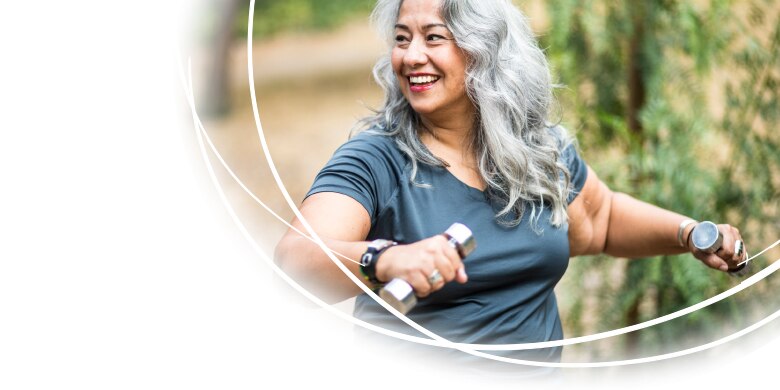Diabetes and incontinence
It is widely recognised globally that there is a link between diabetes and incontinence. Indications suggest that it is mostly prevalent in those with Type 2 Diabetes and most likely due to weight issues and poor glucose management (1) which may lead to deterioration of nerves and muscle health.























